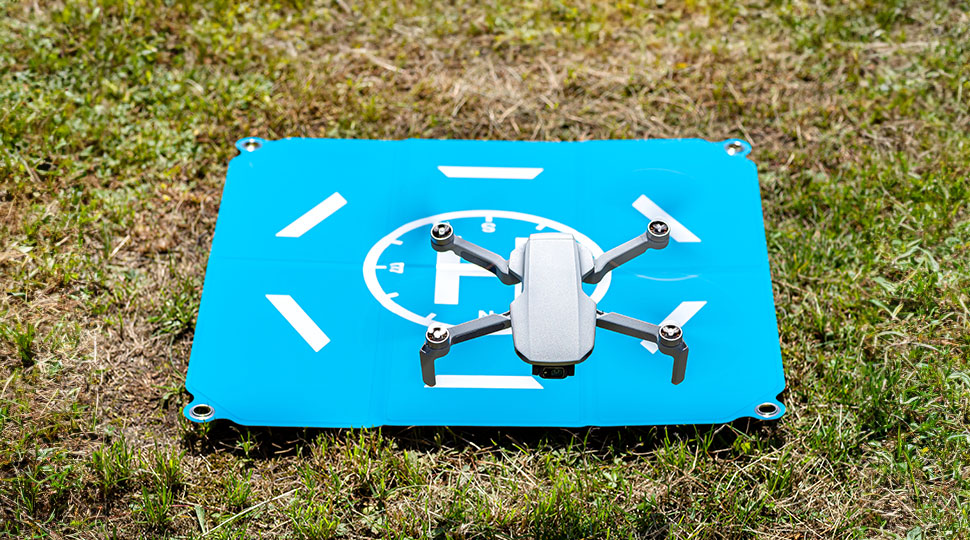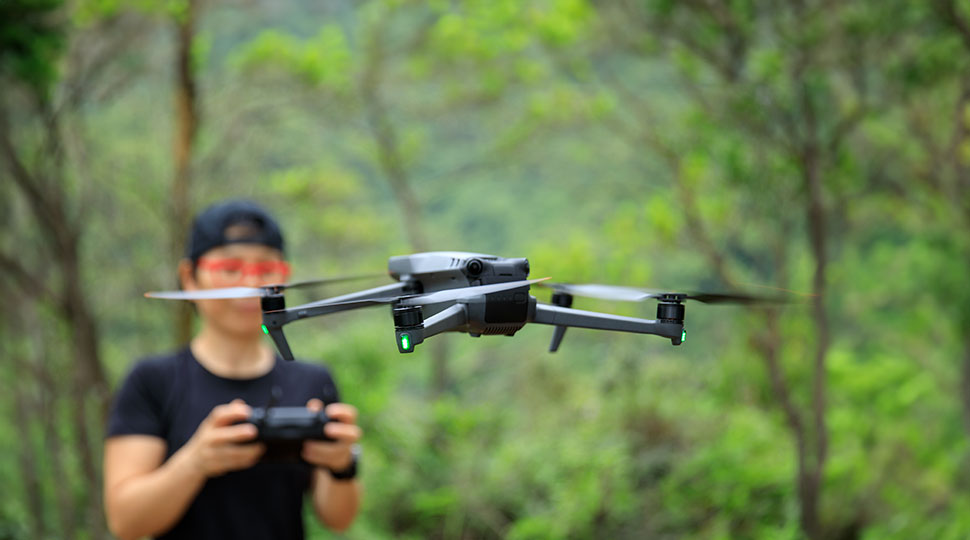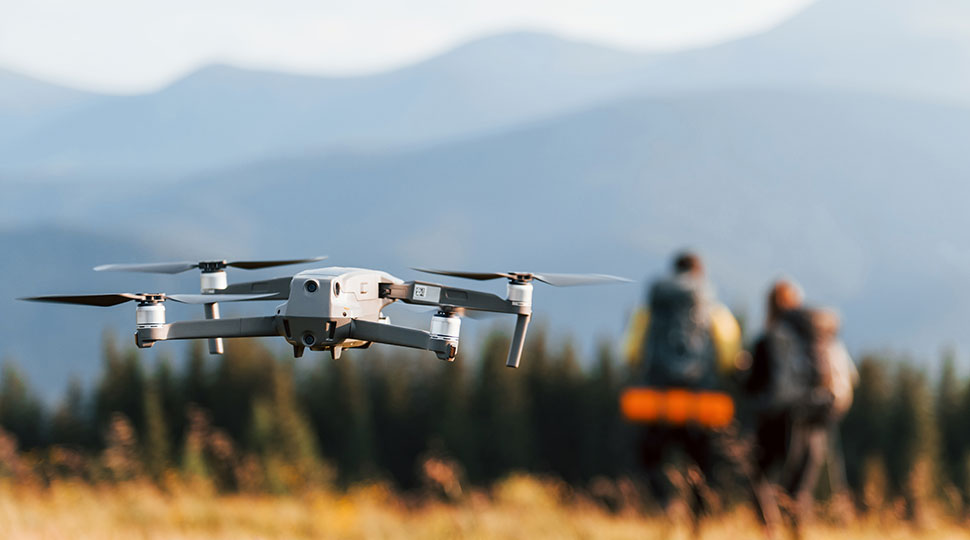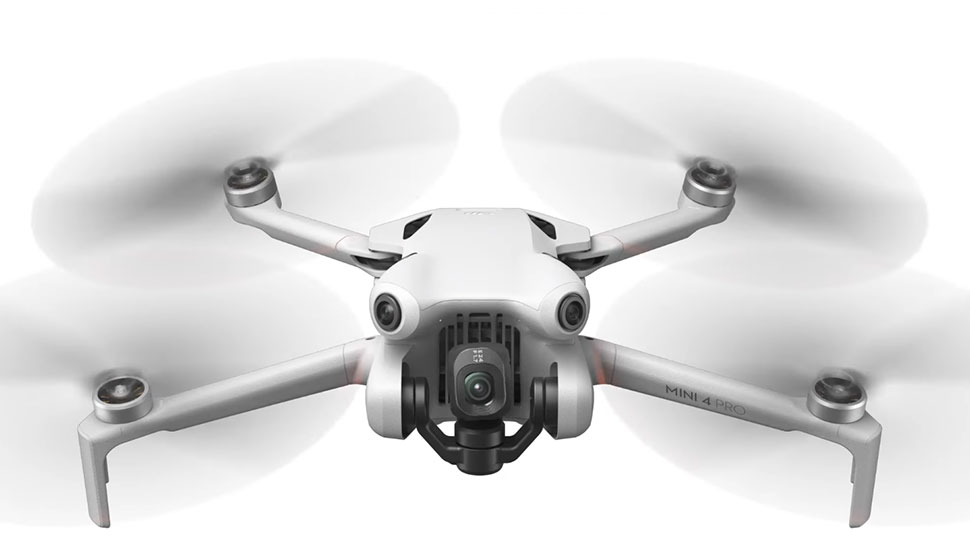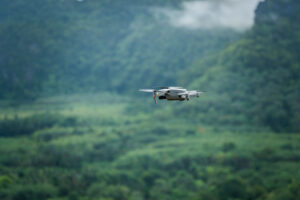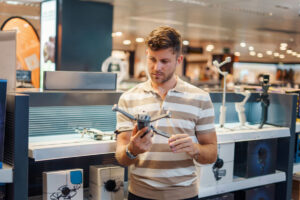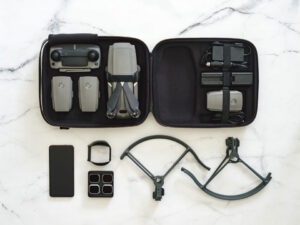As crash-defying drone technology continues to advance, its potential applications in various industries are becoming increasingly clear. With the ability to land on sloping roofs and beyond, these drones are poised to revolutionize the way we inspect buildings, monitor crop growth, and respond to emergency situations.
Crash Defying Drone Technology
Drone technology has come a long way since its humble beginnings in the early 2000s. From capturing breathtaking aerial footage of natural wonders to revolutionizing package delivery with speed and efficiency, drones have proven themselves to be versatile and valuable tools in various industries. But as we continue to push the boundaries of what’s possible with drone technology, it’s clear that one of the most critical aspects of drone operation is landing – or rather, not crashing.
Think about it: when you’re operating a drone, the last thing on your mind is worrying about where it will land. You’re too busy navigating through tight spaces, avoiding obstacles, and capturing that perfect shot. But what happens when that drone needs to touch down safely? Traditional landing methods can be limiting, requiring flat surfaces and a fixed range. It’s like trying to park a car in a crowded city – you need a clear path and enough space to maneuver.
But what if we could create a system that allows drones to land safely on sloping roofs, uneven terrain, and even indoors? Imagine being able to deploy a drone to inspect a building’s exterior without having to worry about finding a flat surface. Or picture this: a farmer using a crash-defying drone to collect crop data in the middle of a dense forest, without worrying about losing signal or crashing into trees.
The possibilities are endless when you have a drone that can land safely on any terrain. And as we continue to advance crash-defying drone technology, it’s clear that this is an area where innovation will play a critical role in shaping the future of drone operations. By combining advanced sensors, sophisticated software algorithms, and innovative design approaches, companies are pushing the boundaries of what’s possible with drone technology.
For now, the potential applications of crash-defying drones are vast and varied. From construction to agriculture, search and rescue to environmental monitoring, these drones have the potential to revolutionize the way we work and live. And as we continue to explore new frontiers in drone technology, it’s clear that crash-defying drone technology will be at the forefront of innovation.
Advancements in Drone Landing Technology
Imagine being able to send a drone to inspect a building’ s exterior without worrying about losing signal or crashing into walls. Or picture this: a farmer using a drone to monitor crop growth in a dense forest, without having to navigate through treacherous terrain or worry about finding a clear line of sight.
However, existing challenges with traditional drone landing methods are numerous. For instance, many drones rely on GPS signals for navigation, which can be disrupted by obstacles or signal interference. Imagine being in the middle of a flight and suddenly losing your connection – it’ s like trying to drive a car without a GPS signal!
Additionally, most drones require a clear line of sight to land safely, making it difficult to operate in dense vegetation or urban environments. It’ s like trying to find a parking spot in a crowded city – you need a clear path and enough space to maneuver.
But fear not!
In response, researchers and companies are working on innovative solutions to overcome these limitations. One approach is the development of terrain-adaptive landing systems, which use sensors and cameras to detect obstacles and adjust the drone’ s trajectory accordingly. It’ s like having a personal navigator, constantly monitoring your surroundings and adjusting your course to ensure a safe landing.
Another area of focus is the creation of advanced software algorithms that can predict and react to changing environmental conditions. Imagine being able to program your drone to adapt to different weather conditions, avoiding turbulence or strong winds for a smoother landing.
Companies like DJI, a leading manufacturer of drones, are already experimenting with these technologies. Their latest models feature advanced obstacle avoidance systems and terrain-following modes, making it possible for drones to navigate complex environments and land safely on uneven surfaces. It’ s like having a superpower – the ability to defy gravity and land anywhere!
Importance of Crash-Defying Drones in Various Industries
It’ s not just about having a cool gadget or a fancy new toy – crash-defying drone technology has the potential to revolutionize the way we work and live. With its far-reaching implications, this technology is poised to make a significant impact across various industries.
Take the construction sector, for example. Crash-defying drones could be the game-changer that building inspectors have been waiting for. Imagine being able to access hard-to-reach areas safely and efficiently, without the need for expensive equipment or risky human intervention. It’ s like having an extra pair of eyes on the job site, constantly monitoring and reporting back on potential issues.
In agriculture, crash-defying drones could be the key to unlocking precision farming techniques. By landing on sloping roofs or uneven terrain, these drones can collect vital data on soil moisture, temperature, and nutrient levels, helping farmers optimize their yields and reduce waste. It’ s like having a personal agronomist in the field, constantly monitoring and adjusting your crops for maximum growth.
But it’ s not just about the technical benefits – crash-defying drones have the potential to transform industries in more profound ways. Imagine being able to deploy a drone to monitor environmental pollution in real-time, or respond quickly to natural disasters with precision-guided search and rescue operations. It’ s like having a superpower at your fingertips.
In emergency response services, crash-defying drones could be the difference between life and death. Imagine being able to send a drone to land safely on the rooftop of a burning building, providing critical information to firefighters and allowing them to respond more effectively. It’ s like having an extra set of eyes in the sky, constantly monitoring and reporting back on potential hazards.
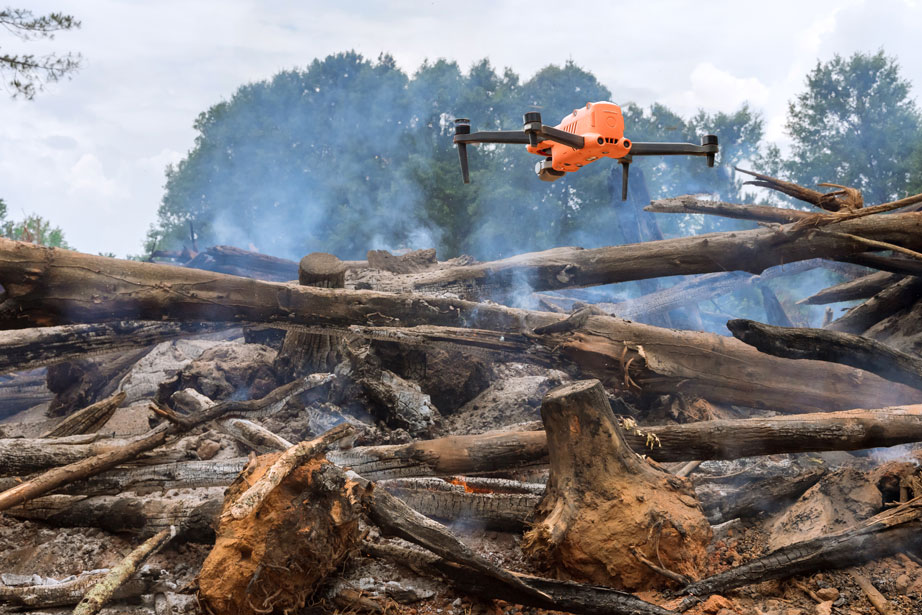
Potential Applications of Crash-Defying Drones in Search and Rescue Operations
When it comes to search and rescue operations, every minute counts. Whether it’ s a missing person, a natural disaster, or an emergency situation, the ability to quickly and accurately assess the situation can be the difference between life and death. And that’ s where crash-defying drone technology comes in.
Imagine being able to deploy a drone quickly and safely to survey the scene, providing critical information on the location of missing persons or damage assessment after a disaster. It’ s like having an extra pair of eyes on the ground, constantly monitoring and reporting back on potential hazards. With crash-defying drones, responders could do just that.
But it’ s not just about the initial response – these drones could also play a crucial role in delivering critical supplies to affected areas. Imagine being able to dispatch a drone to deliver medical supplies or communication equipment to a remote location, providing vital support to those in need. It’ s like having an airborne supply chain, constantly delivering life-saving resources to those who need them most.
Cleared for Takeoff
As crash-defying drone technology continues to advance, it’s clear that its impact will be felt across various industries. With the ability to land safely on sloping roofs and beyond, these drones have the potential to revolutionize the way we work and respond to emergencies.
By combining advanced sensors, sophisticated software algorithms, and innovative design approaches, companies are pushing the boundaries of what is possible with drone technology.
As this technology continues to evolve, it’s likely that we’ll see even more creative applications and use cases emerge, further solidifying the importance of crash-defying drone technology in shaping our future.

